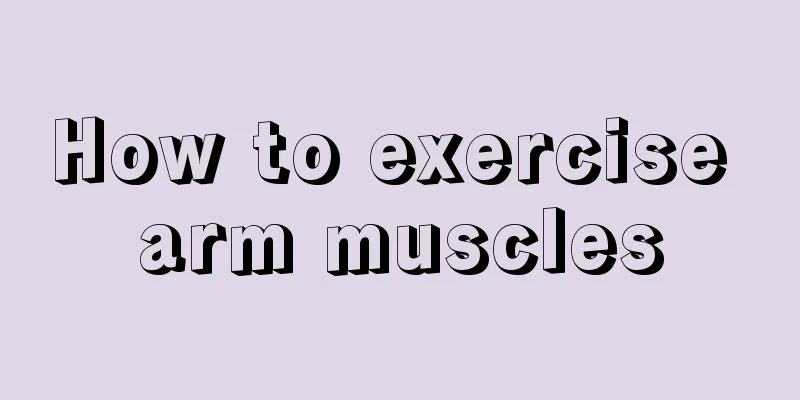What causes calf pain when running?

|
Running is a sport that many people like. It is also an aerobic exercise that has a great promoting effect on human health. Many people have the habit of running, some choose to run in the morning, and some choose to run at night. During the running process, athletes may also encounter certain problems. For example, many people have calf bone pain when running. This is most likely a symptom of a ligament strain. 1. Introduction to ligament sprain Ligaments are cords of connective tissue that hold bones together and run closely parallel to elastic fibers. After a ligament is sprained, there will be local swelling, pain, tenderness, and if there is subcutaneous bleeding, a cyanotic area may be seen. It is very important to treat joint ligament sprains correctly in the early stages. If it is not properly treated or misdiagnosed and turns into a chronic disease, it may leave functional impairment and be prone to re-injury in the future. 2. Causes and common diseases When the human body engages in weight-bearing activities or changes body position, the muscles, ligaments, fascia, synovium, etc. are pulled. When the joints are twisted or the muscles suddenly contract, a few fibers may be broken and small joints may move slightly and become dislocated, causing a strain. Ligament strain is usually caused by external force during labor or exercise that causes joint movement beyond the normal physiological range, resulting in strain, partial rupture or complete rupture of the ligaments around the joint. This is called a joint ligament sprain. The most common areas for joint ligament sprains are the knees, finger joints and ankles. 3. Inspection After a ligament injury, small blood vessels usually rupture and bleed, causing local pain and swelling, intratissue bleeding, hematoma, joint swelling, movement disorders, and tenderness. During physical examination, obvious pain is found in the pulling ligament. If it is completely ruptured, the stability of the joint will decrease. CT examination can be done. IV. Treatment Principles 1. Actively carry out early repair In order to avoid serious functional disorders in the late stage due to lack of proper treatment in the early stage. 2. Rest Stop exercising immediately and do not put any weight on the injured joint. 3. Cold compress Ice or other cold compresses can help reduce pain and swelling because lowered temperatures reduce blood circulation. Apply cold compress for 15 to 20 minutes at a time, three to four times a day. 4. Oppression Applying pressure to the injured area with a bandage or other methods can reduce bleeding and bruising. The bandage should be wrapped just tight enough to feel pressure but not so tight that the ends become numb or lack blood flow. 5. Elevate the affected limb The main purpose of elevating the affected limb is to reduce swelling and improve blood return. |
<<: What muscles does boxing train?
>>: How to grow muscles quickly through fitness?
Recommend
How to use yoga ball
Each of our female friends may have come into con...
Benefits of Aerobics for the Elderly
In fact, the elderly should do aerobics more. Onl...
What are the benefits of sports games?
Every year, whether it is a school or a company, ...
What are the chest muscle training methods?
Many male friends usually feel that they are not ...
Explosive power training method
For fighters or friends who practice fighting, th...
What are the benefits of yoga for the body?
Health preservation is a topic that people often ...
Aerobics full set What are the popular aerobics
Nowadays, many people are starting to do aerobics...
Pulley selection for abdominal muscle training
Many people choose pulleys when doing abdominal m...
How should you exercise your buttocks muscles?
The hips are important for the stability of both ...
Men's health is getting better and better, it is definitely related to this
Every man wants to have a strong body, so how sho...
Can I train my abdominal muscles if I have lumbar muscle strain?
Speaking of lumbar muscle strain, most of them ar...
Yoga for women's health and wellness
Yoga has become a very fashionable form of exerci...
How to build big muscles effectively?
Generally speaking, people who work in the sports...
What should you pay attention to when exercising at night
Due to the corresponding relationship between peo...
Causes of knee injuries due to running
Why does running hurt the knee joints? It is main...









